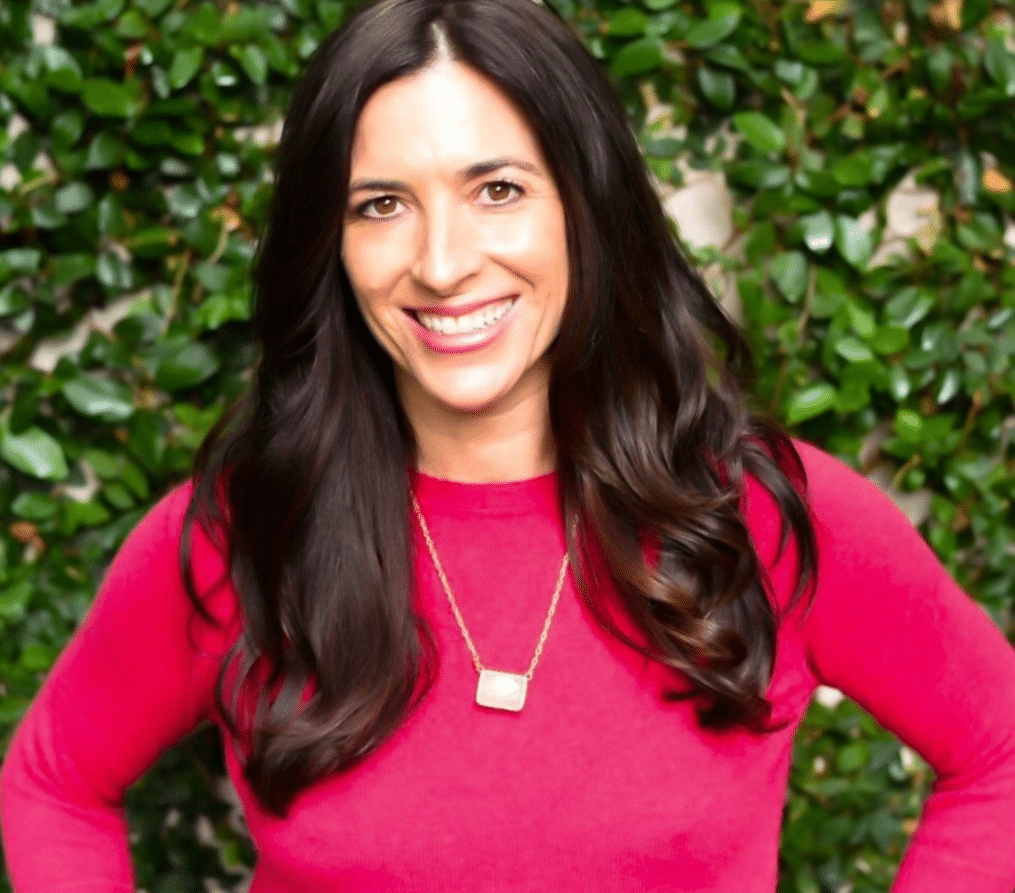• Where do gender expressions come from?
• Who defines them?
• What are the benefits of using masculine and feminine energies?
To discuss the divine feminine energy, we talked with Amy Stanton, author of The Feminine Revolution.
Amy is her own boss, all the way across the board. After leaving California and moving to New York, fuel was added to her fire, proving to be a formative time in her life. In New York, a fast moving metropolitan area, comfort and steadiness are hard to find. It’s a constant uphill battle, balancing survival and work. Amy Stanton was up for the challenge.
Stanton was Head of Marketing and Communications for the 2012 NYC Olympic Bid. This is where she met Dan and Jay, both of whom she worked with extensively. Stanton describes the deep sense of respect and understanding that existed between her and the two men. Dan came from a hedge fund background and Jay came from politics and media, so essentially, they were both intense powerhouses themselves. She worked herself tirelessly for them, but the work was based on a profound respect each side had for the other. Dan and Jay accepted and acknowledged Amy’s dedication to her work and the emotions that came with it.
Over the course of her career, Stanton worked for a variety of bosses. In doing so, she started to recognize noticeable differences between the reception of masculine and feminine energies in the workplace. Stanton initially regarded some female bosses as “nitpicky,” “petty,” and “jealous,” all of which are labels often given to women. Alternatively, men were not given equivalent labels.
Contrary to viewing crying and being sensitive as negative, Amy encourages embracement. Exploring the root cause of emotions can allow individuals to form deeper connections. In a workplace setting, employers and employees can ask questions and engage in open dialogue to understand one another better. This could make the difference between someone quitting and someone excelling at work.
Amy drives home the point that feminine qualities are not weaknesses, but instead, they are superpowers. Femininity is a source of power but is often mistaken for the opposite. As the author of The Feminine Revolution, Amy Stanton digs deep into the power dynamics of masculinity and femininity. Amy initially felt she wasn’t showing up completely at work, and being in a corporate setting in New York City didn’t help as emotions and sensitivity are not necessarily embraced. As a result, Stanton had to be more direct and assertive to thrive in a “man’s world.” For a while, this worked. Amy recalls her peers perceiving her as tough. More so, she felt she had the feminine qualities beaten out of her.
This poses a question: why do we hold parts of ourselves back? Stanton goes on to suggest that we hide certain aspects of ourselves that we feel aren’t welcome in certain spaces. This ultimately leads to a misinterpretation of character and the possibility of someone feeling restricted as they can’t be their true selves.
After her time working on the 2012 New York Olympic Bid, Amy Stanton went on to work with Martha Stewart and became the first chief marketing officer (CMO) for her brand. Stanton fondly describes her time working with Martha Stewart, also noting that she thinks Stewart is a visionary. Stewart’s brand and omnimedia concept has influenced many other celebrities to do the same.
Working with Martha, Amy learned that femininity is not one size fits all. She recalled Stewart’s management style being extremely direct. This can be coded as a masculine trait. It is something a lot of women executives feel the need to adopt, despite the fact it is rarely seen as a positive trait. Stanton learned how curious and genuinely interested Martha Stewart was in every aspect of her life. She recalls the story of the first time Martha Stewart went to Costco. Stewart had never been in her life. But upon arrival, Stanton was amazed by how Stewart received everything there, with a sense of wonderment and intent. And Amy then realized how Martha Stewart presented her feminine and masculine energies. She may not always be outwardly feminine, but she shows up as herself, unapologetically.
Nurture, caregiver, and mother have historically been associated as feminine traits, while, direct, assertive, and controlling have been seen as more masculine. We all have a balance. Rather than feeling the need to swap one out for the other, embracing one’s self through multiple identities can enhance character.
Stanton provided some advice for younger generations. We have the ability to choose who we want to be and how we present ourselves. Stanton recommends examining the parts of yourself that are holding you back. Are you showing up as your true self? Or are you hiding parts of you to make others comfortable? Either way, it’s important to not beat yourself up for every little thing and just be as authentically you (however masculine or feminine you would like) as possible.
You can learn more about Amy:
Website: http://stanton-company.com/
Book: The Feminine Revolution
Podcast:



